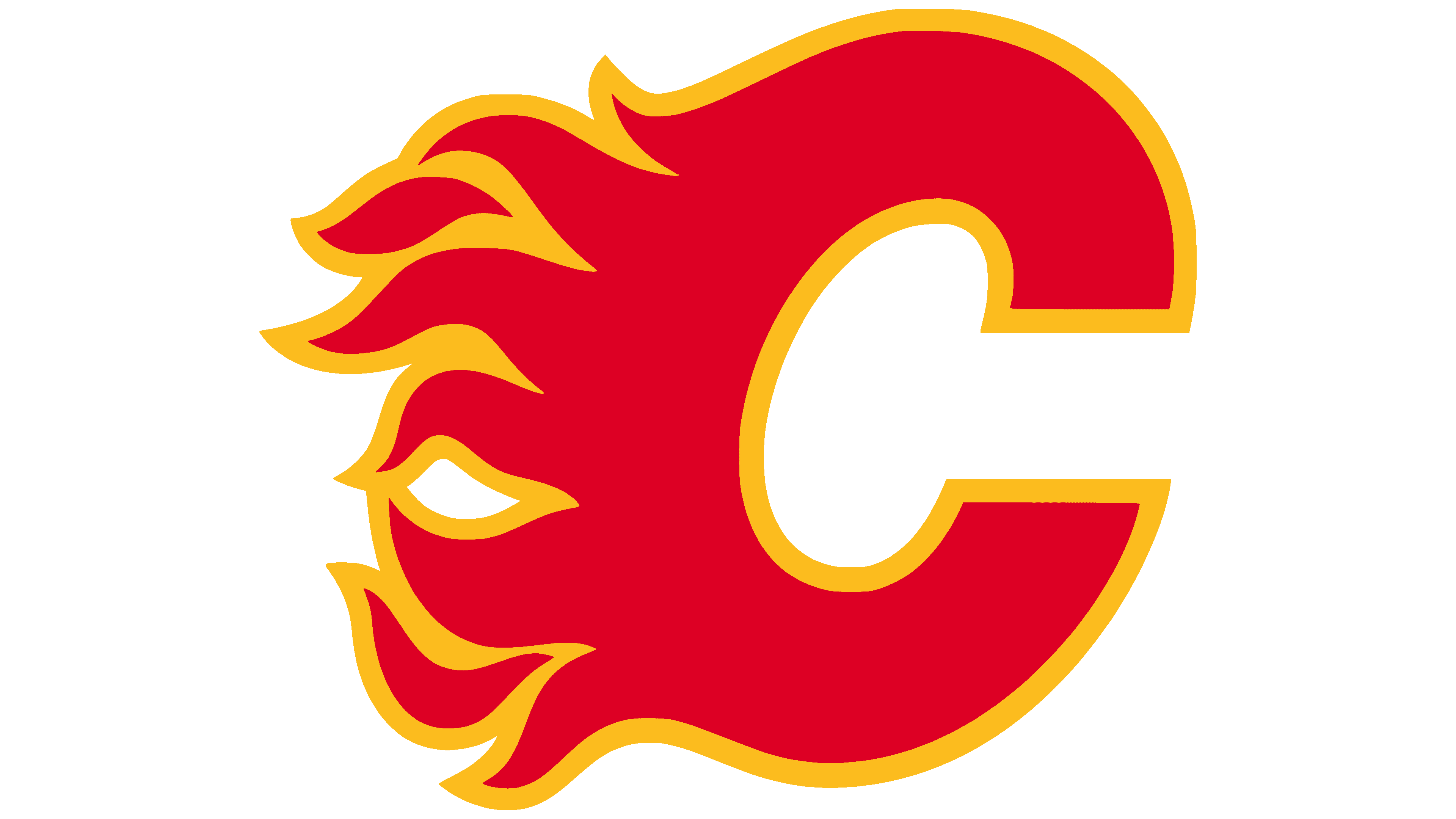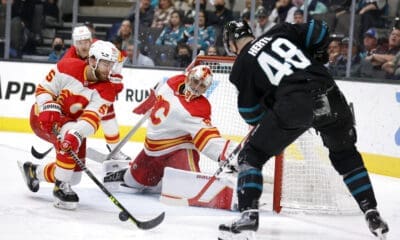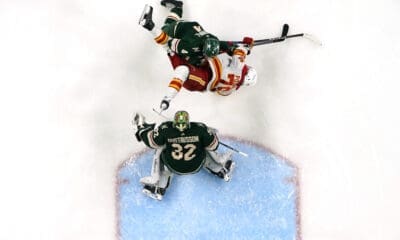Calgary Flames
What a Healthy Daymond Langkow Could Mean for the Flames

After a lengthy dearth of news pertaining to the health of injured Flames centre Daymond Langkow, fans got some good news earlier this week when the veteran forward participated in his first full practice with the team, taking part in contact drills and line rushes without donning a yellow no-contact jersey.
It’s been over a calender year since Langkow was felled by a fractured vertebrae at the base of his neck after being hit by an Ian White point shot and falling awkwardly in a game against the Minnesota Wild, and it was widely assumed that the 35-year old would be forced into an early retirement after experiencing a series of set-backs in his recovery.
Although there is still no timeline for his possible return, reports that he is practicing are extremely encouraging. Most people around these parts are familiar with what Langkow has brought to the Flames since coming to Calgary in a deal with the Phoenix Coyotes in the lockout year; known for his prowess as a two-way centre, #22 consistently outplayed top-six opposition with mostly unfavourable Zone Stars despite never being recognized league-wide as a “#1 centre.”
The team’s lack of a player truly capable of taking on such a role and matching Langkow’s success has been mourned ad nauseam with each failed audition–Matt Stajan, Olli Jokinen, and the most recent (albeit temporary) tryout of Mikael Backlund. The veteran Brendan Morrison had his days before going down with a knee injury, but David Moss was probably the most successful in the role of first-line centre before succumbing to an ailment himself. The 28-year old has rebounded from an off year in a big way, and has been a driver of results on every line he’s been on this season. The thought of what he could accomplish on a line with Langkow is enough to excite any Flames fan.
One of the main appeals of having Langkow back in the lineup is what he could do for Rene Bourque. #22’s effect on the winger has been documented and amplified by his inconsistencies and struggles without his linemate this season.
The Flames have struggled against some of the better teams in the league this season because they get outplayed by their top forwards. Blame for that can be dispersed between the coaching staff for not properly utilizing the players at their disposal, Darryl Sutter and now Jay Feaster for failing to really replace Langkow and/or acquire another top-end forward that has the capability to be a real difference maker and lastly, the players themselves for failing to execute on the ice. The team certainly struggled with Langkow on their roster for the majority of last season–he’s not the be-all-and-end-all to curing what ails them–but he was likely due for something of a rebound himself, and with the season that Moss was having as well as Curtis Glencross‘ success and the addition of Alex Tanguay, his return could do a lot for the Flames’ attack as well as allow players like Backlund that have been playing above their heads to return to a position where they can succeed.
Of course the only scenario where we would be likely to see that happen this season would be if the Flames were to go on an extended playoff run without the worrisome restrictions of the salary cap, which at this point seems every bit as unlikely as Langkow being fully ready to return before next season.
If Lanks does come back in September the team could look very different. Tanguay, Glencross, and Morrison are UFAs this summer and the former two could have already placed themselves out of the Flames’ price range with the seasons they’ve had. While Langkow is likely still capable of doing some of the heavy lifting–after conditioning of course–he certainly can’t do it alone, and the potential losses of guys that typically push the puck in the right direction like Tanguay and Glencross could make his job a lot more difficult, especially since there are no forward prospects that would be immediately ready to take their respective places and looking for replacements via the free agent market or a trade is dicey. On top of that, cap space would have to be cleared for his return; Steve Staios, Anton Babchuk, and Adam Pardy are also UFAs as of July 1, and the Flames will probably be interested in retaining at least one of the latter two defenders, while goalie Henrik Karlsson is also unrestricted.
While it would be wonderful to see Langkow return to full health and re-join the Flames, implications such as these have to be considered along with the fact that he still has quite the road ahead of him and most likely will not be the same player we all remember. The most important goal for him at the moment is to recover and continue making progress towards leading as normal a life as possible away from the rink before a potential return to the lineup is realized–for the sake of himself, his family, the organization, and its fans.
by Hayley Mutch









